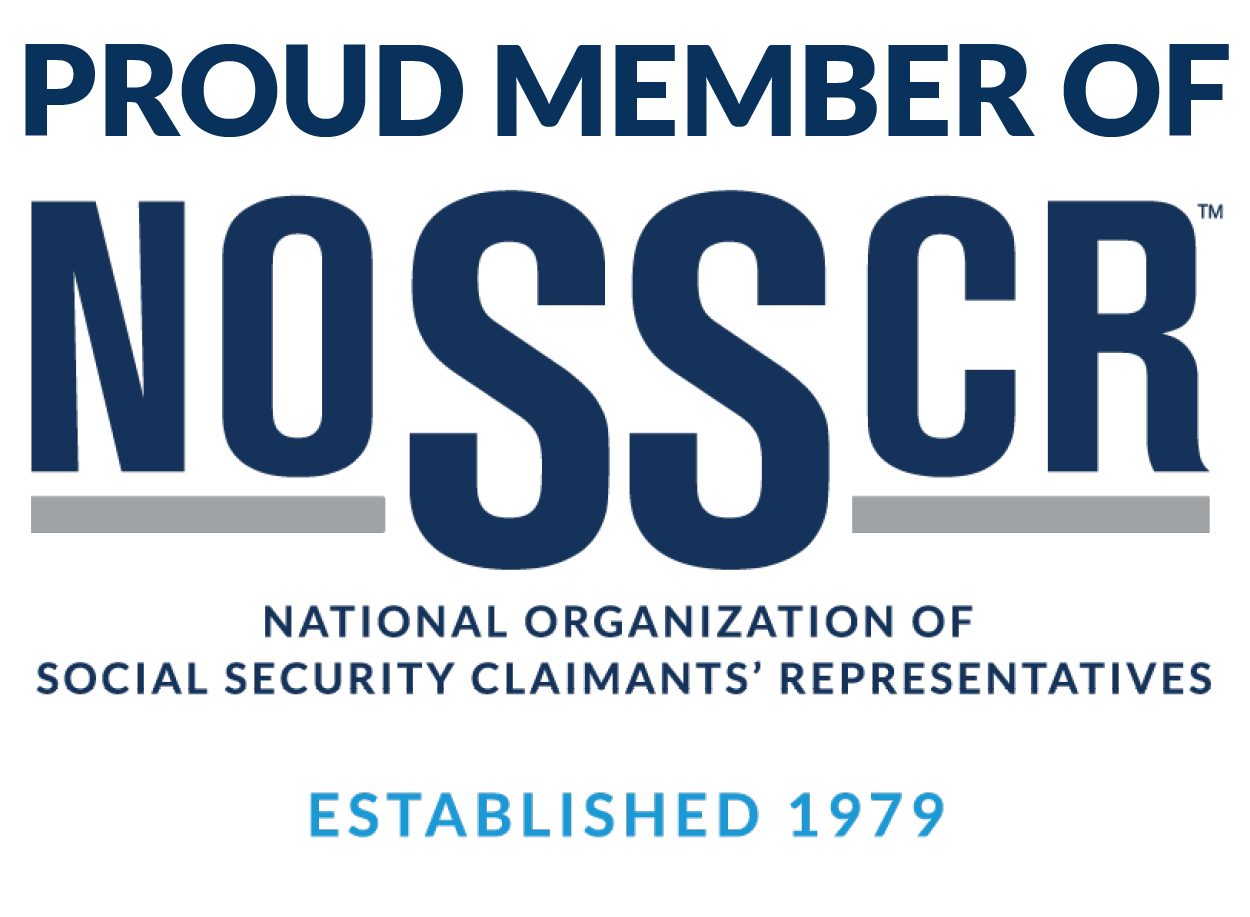It may be worth reminding people about some of the different standards of law we face. Most civil cases, such as car accidents, employment cases, or contracts, operate under a “preponderance of the evidence” standard. This often is referenced as needing 51% of the evidence in your favor, or showing a greater than 50% chance that the claim is true. Criminal cases require proof beyond a reasonable doubt, which is a much higher standrd but has no exact definition. That standard, however, has never been defined by the United States Supreme Court. See Thomas v. Arn; 1 Sand et al., Modern Federal Jury Instructions (1991) 4-8, Section 4.01. The Ohio legislature has defined that standard in R.C. 2901.05(D) as follows: “ ‘Reasonable doubt’ is present when the jurors, after they have carefully considered and compared all the evidence, cannot say they are firmly convinced of the truth of the charge. It is a doubt based on reason and common sense. Reasonable doubt is not mere possible doubt, because everything relating to human affairs or depending on moral evidence is open to some possible or imaginary doubt. ‘Proof beyond a reasonable doubt’ is proof of such character that an ordinary person would be willing to rely and act upon it in the most important of his own affairs.” State v. Van Gundy.
To complicate matters, some courts give deference to decision makers when reviewing an administrative determination. In Social Security cases, there is something which almost allows a rubber stamping of decisions called a “zone of choice” for the ALJ (See, Buxton v. Halter). Yet there are other rules which prohibit decisions with an inadequate basis in the record, or ignoring evidence, for example. In one of our Social Security cases, the Court reversed the ALJ’s decision but stated “The findings of [an ALJ] as to any fact, if supported by substantial evidence, shall be conclusive…. In other words, on review of the Commissioner’s decision that claimant is not totally disabled within the meaning of the Social Security Act, the only issue reviewable by this court is whether the decision is supported by substantial evidence. Substantial evidence is “ ‘more than a mere scintilla. It means such relevant evidence as a reasonable mind might accept as adequate to support a conclusion.’ ” The findings of the Commissioner are not subject to reversal merely because there exists in the record substantial evidence to support a different conclusion. This is so because there is a “zone of choice” within which the Commissioner can act, without the fear of court interference.” We reversed that case, proving that the ALJ exceeded his authority and ‘played doctor.’ “Given the format and the context of Dr. Troese’s report, the information and findings contained within it constitute “raw” medical/psychiatric data that the ALJ cannot interpret – let alone convert from areas of functioning into the six specific regulatory domains – without the opinion of a medical expert. The ALJ may be right or wrong, but remand is necessary for Dr. Troese’s findings to be interpreted within the framework of the relevant regulatory domains.” Eng. on behalf of A.E. v. Comm’r of Soc. Sec. Admin.
To complicate matters further, a long term disability case is reviewed by a court on a standard called “arbitrary and capricious.” Similar to the zone of choice, this means that Courts give deference to an underlying decision-maker, and a decision is upheld so long as there is “a deliberate principled reasoning process … supported by substantial evidence.” Courts rarely reverse LTD decisions under this very favorable standard, much to the benefit of large companies like Prudential, MetLife, Unum, and LINA. This quote comes from another one our cases where we reversed the insurance company, finding it “acted arbitrarily and capriciously in denying a participant’s claim for long-term disability (LTD) benefits, based on a selective review of her physician’s treatment notes, quoting language favorable to non-disability assessment while inadequately explaining its basis for rejecting physician’s observations favorable to the participant [and ignoring evidence].” Myers v. Mut. of Omaha Life Ins. Co., (N.D. Ohio 2016).


